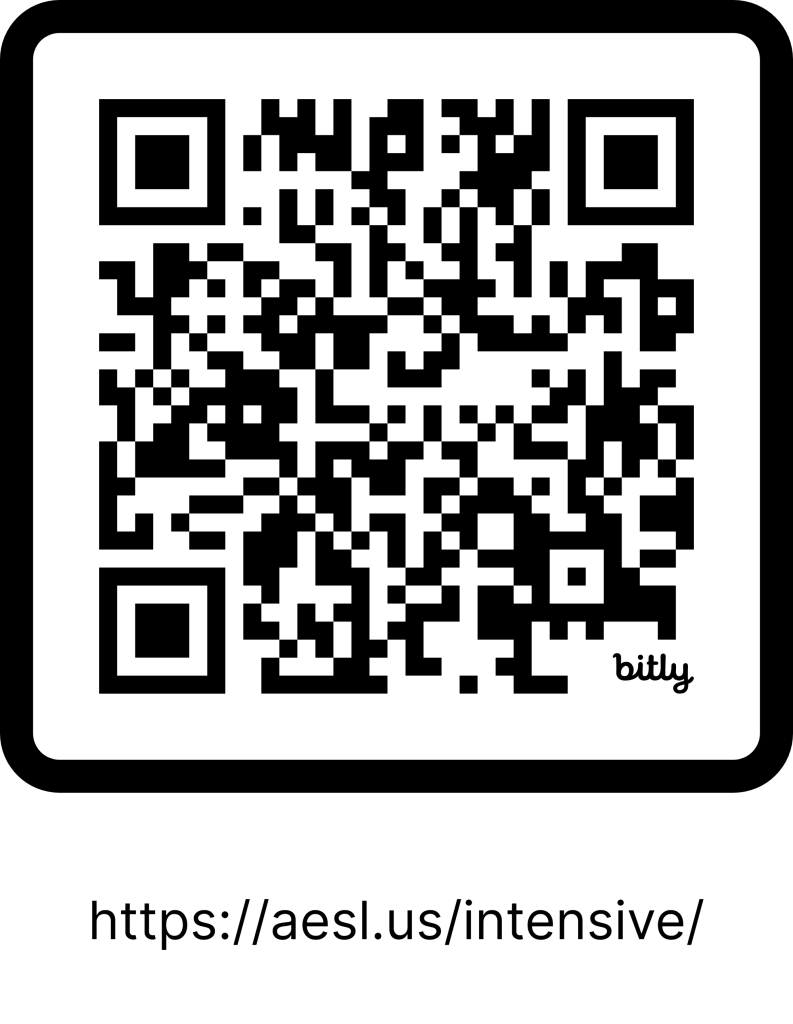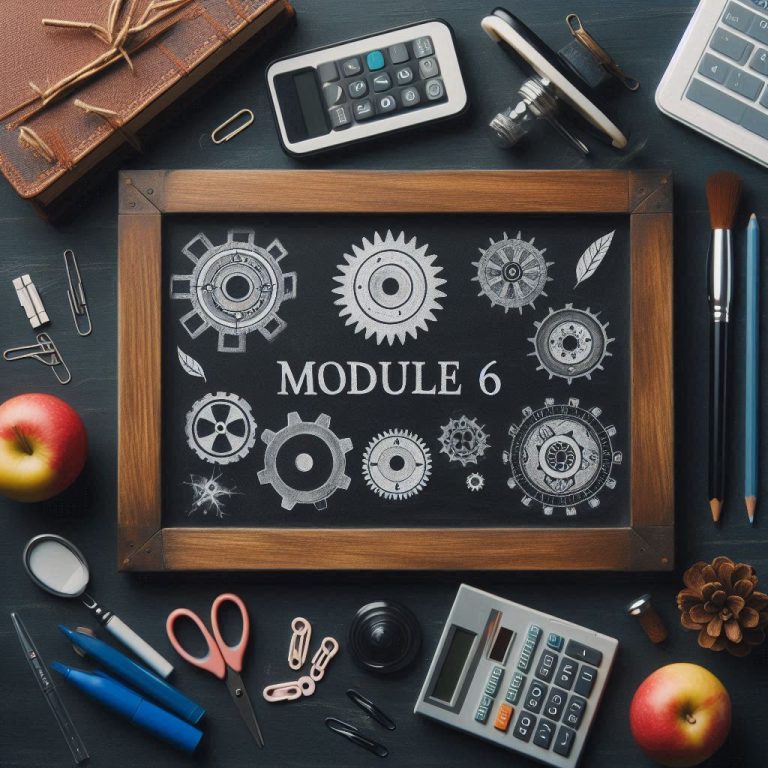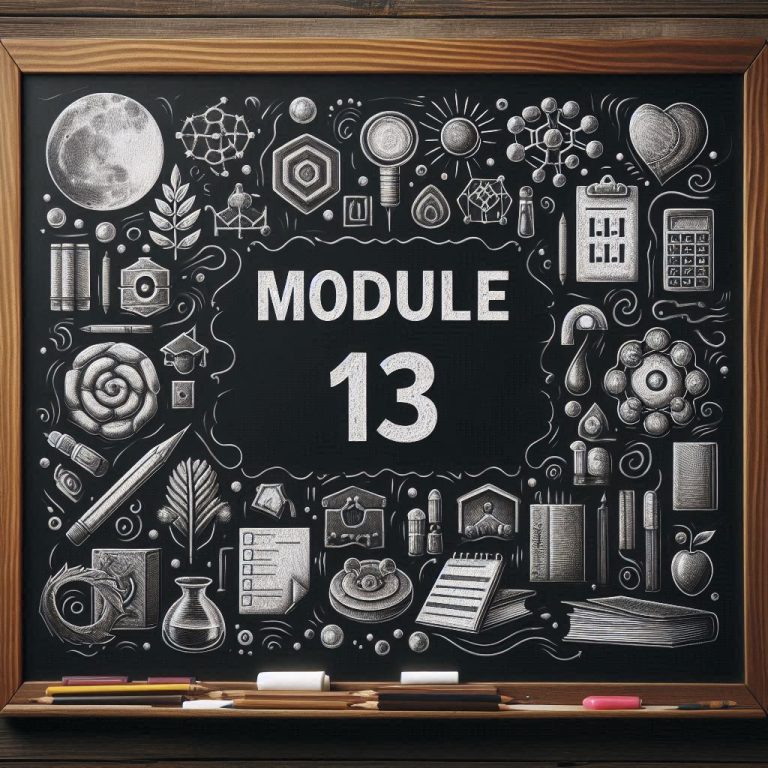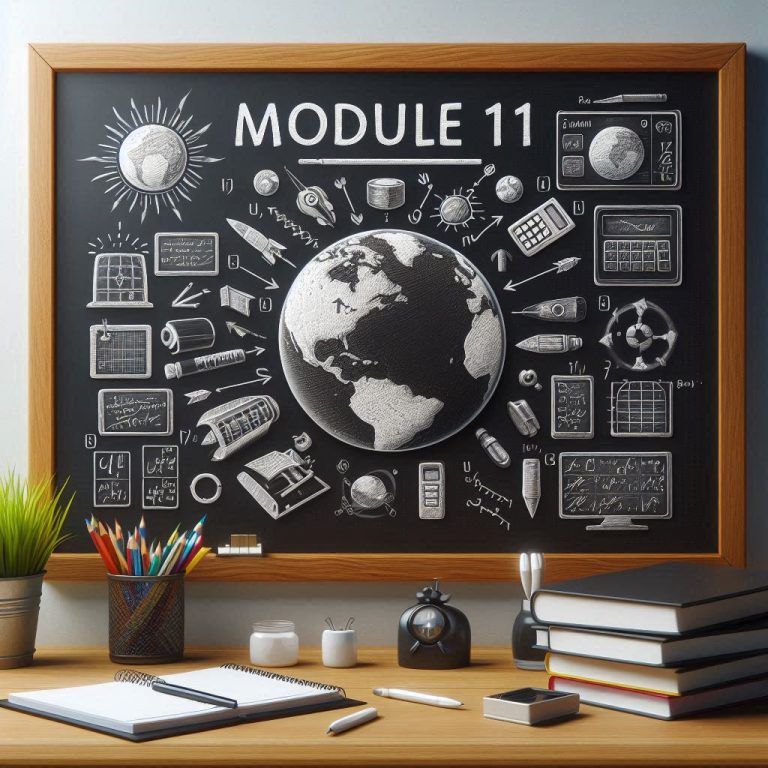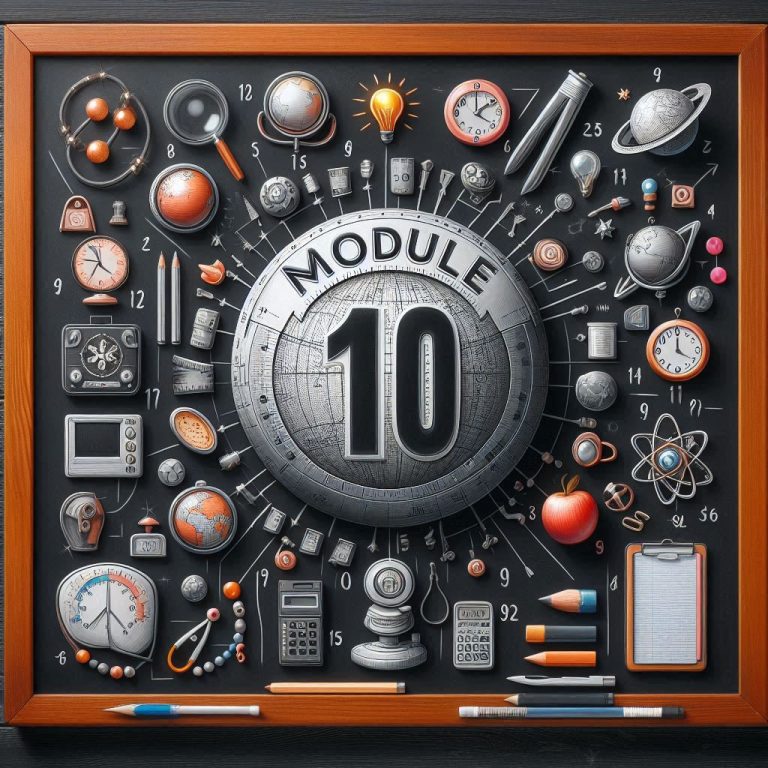
Body Language at Work – Simple English Guide
What is Body Language?
Body language means how we communicate without words. We use our hands, face, eyes, and body to show our feelings and thoughts. This is very important at work.
Studies show that 70% of communication is body language. This means our body says more than our words!
Why is Body Language Important at Work?
Body language helps us:
- Show our feelings
- Build good relationships with coworkers
- Work better as a team
- Become better leaders
Good body language makes people trust you. Bad body language can create problems.
Example: When your boss gives you feedback and looks at you with a smile, you feel good. When your boss looks angry or doesn’t look at you, you feel worried.
Types of Body Language
1. Body Movements and Position
- Open arms = friendly and ready to listen
- Crossed arms = closed, angry, or defensive
- Standing straight = confident
- Slouching = tired or not interested
2. Personal Space
Different people need different amounts of space:
- Some people like to stand close when talking
- Others need more space
- Learn what your coworkers like
3. Touch
- A handshake can show friendship
- Too much touching can make people uncomfortable
- Be careful with touch at work
4. Eye Contact
- Looking at someone shows you are listening
- Too much staring makes people uncomfortable
- Not looking at all seems rude
How to Use Good Body Language
Face and Eyes
- Smile when you meet people
- Look at people when they talk to you
- Show interest with your face
- Don’t look at your phone when someone is talking
Body Position
- Sit up straight in meetings
- Lean forward a little to show you are interested
- Keep your arms open (don’t cross them)
- Face the person who is talking
Hand Movements
- Use your hands to help explain things
- Don’t point at people
- Keep hand movements small and calm
Using Body Language to Help Your Team
Good body language helps your team work better:
In meetings:
- Look at the person talking
- Nod your head to show you understand
- Sit up straight
- Don’t check your phone
When someone is upset:
- Listen with your whole body
- Lean forward to show you care
- Keep your face kind and understanding
- Don’t cross your arms
When giving presentations:
- Stand straight and confident
- Look at different people in the room
- Use your hands to help explain
- Smile when appropriate
Common Problems and Solutions
Problem 1: Cultural Differences
People from different countries use body language differently.
Solution:
- Learn about your coworkers’ cultures
- Ask questions if you’re not sure
- Watch how others behave
- Be respectful of differences
Example: In some countries, looking directly at your boss shows respect. In other countries, it shows disrespect.
Problem 2: Stress and Nervousness
When we are stressed, our body language changes:
- We might shake or move too much
- We might not look at people
- We might cross our arms
Solution:
- Take deep breaths before important meetings
- Practice good posture
- Ask for help when you feel stressed
Building Trust with Body Language
To make people trust you:
- Be consistent – do the same good body language every day
- Match your words – if you say “yes,” nod your head
- Copy others – if someone leans forward, you can lean forward too
- Show you are listening – nod, make eye contact, face the person
Different Situations Need Different Body Language
Formal Meetings
- Sit straight
- Keep hands on the table or in your lap
- Look professional
- Don’t move around too much
Casual Team Time
- You can be more relaxed
- Smile more
- Use more hand movements
- Lean back in your chair
One-on-One Conversations
- Sit closer (but not too close)
- Make more eye contact
- Show more emotion with your face
- Listen with your whole body
Body Language for Leaders
Good leaders use body language to:
- Show confidence – stand tall, speak clearly
- Make people feel safe – smile, listen, be open
- Understand their team – watch how people act
- Encourage others – nod, smile, lean forward
Example: A good leader notices when someone looks worried in a meeting. They might talk to that person later to help them.
Key Tips to Remember
- Practice – Look in a mirror and practice good posture
- Watch others – See what works for successful people
- Ask for feedback – Ask friends to tell you about your body language
- Be aware – Think about your body language during the day
- Stay positive – Good body language makes you feel better too
Quick Reference Guide
Good Body Language:
- Stand and sit straight
- Make eye contact
- Smile when appropriate
- Keep arms open
- Lean forward when listening
- Nod to show understanding
Body Language to Avoid:
- Crossing arms
- Looking at phone during conversations
- Slouching
- Not making eye contact
- Pointing at people
- Standing too close or too far
Remember
Body language is like learning a new skill. It takes time and practice. Start with small changes:
- Week 1: Focus on standing straight
- Week 2: Practice making eye contact
- Week 3: Work on facial expressions
- Week 4: Pay attention to your arms and hands
With practice, good body language will become natural. This will help you succeed at work and build better relationships with your coworkers.
